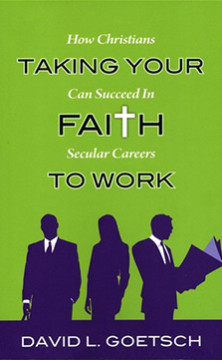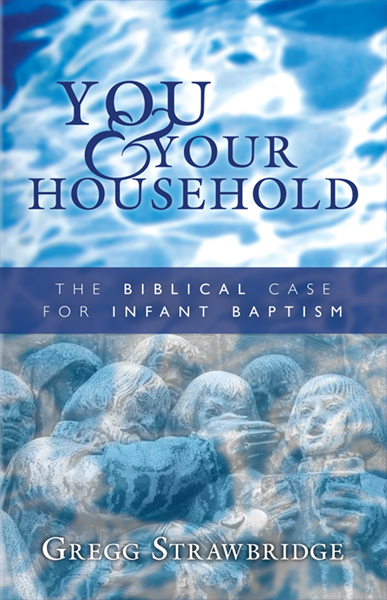“The world” is a prominent theme in John’s Gospel. Probably the most well-known verse in all of Scripture is John 3:16 in which Jesus tells Nicodemus, “For God so loved the world that he gave his only begotten Son, that whoever believes in him should not perish but have everlasting life.” What is the world that God loves?
John sets the stage for how we are to understand “the world” in his introduction. Introducing John the Witness (he is not called “John the Baptizer” in the Gospel), the Apostle John says that the Witness was not the Light coming into the world (Jn 1:9). The Word who is the Light “was in the world, and the world was made through him, and the world did not know him” (Jn 1:10). The true Light, the Word, made the world, but this same world did not know him. The word translated “world” is kosmos. Kosmos emphasizes order or how things are arranged. At the time to which the Apostle is referring, the world is the created order organized under the rule of the devil. He is “the ruler of this world” that must be cast out (Jn 12:31; cf. also 14:30; 16:11).
How did this happen? When God created man, he gave man authority over everything in the world. The man was to use his authority to arrange the world after the pattern of God’s heaven. Instead of using his authority over the serpent, a beast of the field (Gen 3:1), he submitted to the serpent, yielding his authority to him. From that point forward, the world was organized under the devil’s authority instead of man’s. (God never lost sovereignty, of course. Man lost his authority.) Jesus recognized this when the devil tempted him promising, “To you I will give all this authority and their glory, for it has been delivered to me, and I give it to whom I will. If you, then, will worship me, it will all be yours” (Lk 4:5-7). Jesus doesn’t say, “You’re nuts. You don’t have that authority!” He acknowledges the rightful claim and resists the temptation.
The depth of the problem increases as “his own” willingly become a part of the world and refuse to receive him. “He came to his own, and his own did not receive him,” the Apostle says (Jn 1:11). “His own” doesn’t refer to his own ethnicity as if the Word exists eternally as a Jew. “His own” refers to the Jews as his possession, a promise given to them in Exodus 19:5. He came to those he had chosen to be his special possession, and they did not receive him. They became willing subjects to the devil. The Jewish “world” at this time was in agreement with the rest of the world in its opposition to God’s Word. The whole world, Gentile and Jew, stood opposed to the Light coming into the world.
Jesus’ mission was to regain man’s authority over the world, rearranging it under his lordship as the true Son of God. As John makes clear in his Gospel and expands on even more in his second volume, Revelation, this is precisely what Jesus did. The world is now arranged under the lordship of Jesus.
Though the world has radically changed since the Word entered it to the time he ascended to sit at the right hand of the Father, the remnants of the old world remain. A decisive victory has been won, so the kingdom of the Lord Jesus Christ shapes the world’s order. But the old-world combatants continue to resist. Battles must be persistently and tenaciously fought with the world and the flesh and the devil that give it strength. These battles will continue until the time our Lord comes again and the Light completely drives back all darkness (Jn 1:5).
















